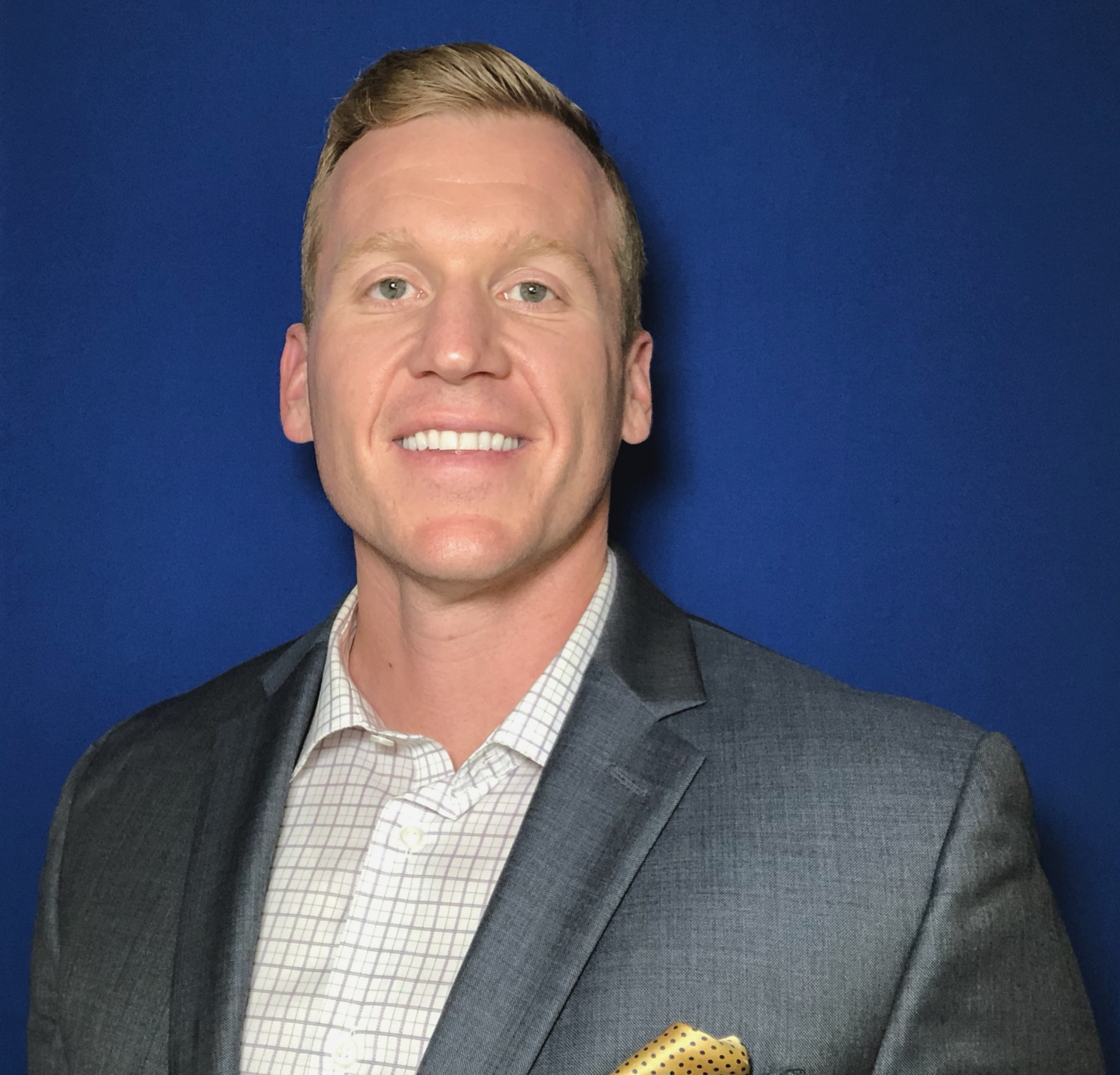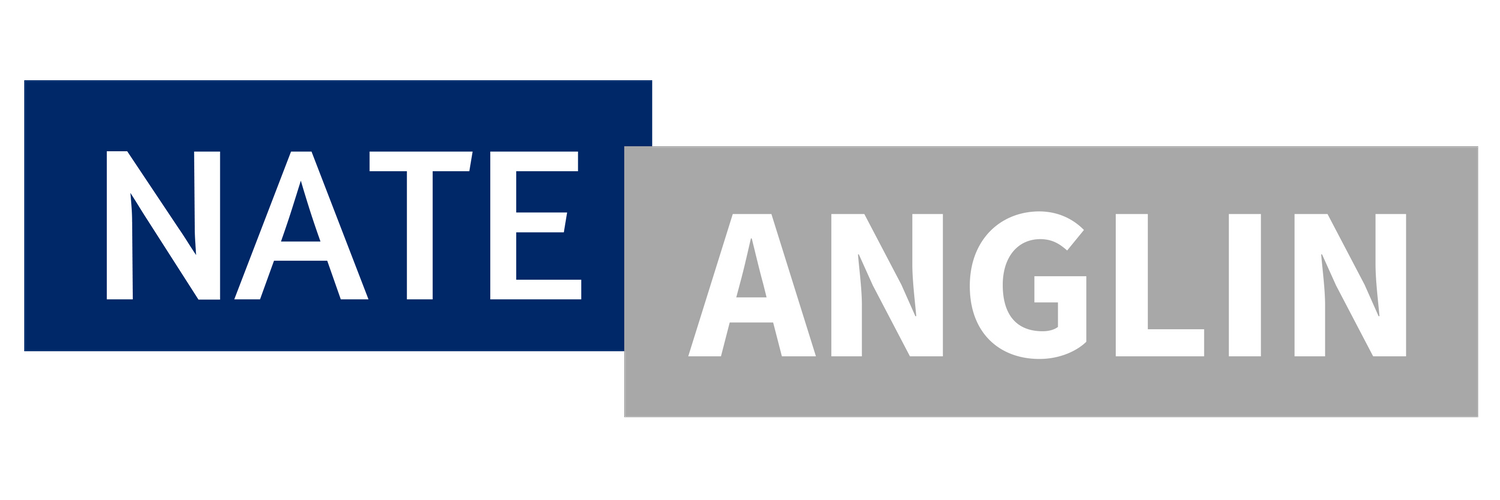2 Irrefutable Ingredients To Create Lasting Change (Goals Aren't One Of Them)
You are the physical and mental representation of your daily habits.
In my twenties, I wasn't very disciplined. I worked hard and hustled my face off, but my progress was fleeting. In some quarters, I'd hit my goals; in others, I'd miss it as if I were aiming for the moon and ended up at the sun.
The outcomes I pursued meant little beyond the constant achievement or failure cycles.
I only thought of goals as short-term milestones to a long-term vision. And they are, but my goals produced little value on their own. If any. I would aimlessly set goals as if achieving a desired outcome was the point. I never understood why, even though I worked so hard, I could never reach my $100,000,000 business goal, among others.
One culprit is I was too busy working in the business and not on it, but another big reason is I realized that the best "goals" continue to produce results even after they're achieved.
Goals are useless without systems.
"The purpose of setting goals is to win the game. The purpose of building systems is to continue playing the game," writes James Clear.
"Achieving a goal only changes your life for the moment. We often think to change, we need to change the results, but that's never the case. What needs to be changed is the systems that cause those results."
Solving problems at the results level is a temporary fix — like a bandaid patching a severed limb.
To make a lasting improvement, you need to make changes at the systems level. When you "Fix the inputs...the outputs will fix themselves."
Goals give you something to work towards, but they're short-lived.
You're always in a state of pre-success failure or actual failure if the goals are never realized. True change isn't about accomplishing a single goal but rather the ongoing process of continuous improvement.
Systems people succeed when they apply their systems to a preferred outcome.
So, instead of a once-and-done goal, when you build systems, they continue to work for you indefinitely, even when the plan has been achieved.
Systems are an asset that keeps on giving.
"Consider the results of performing the same task or function over and over and over again, always doing it the same way, yet trying each time to do it faster, better, more economically, and constantly gathering input from everyone involved. You not only have a system, you have one that will inevitably result in increased productivity," writes Jason Jennings in Less Is More.
I've recently done this in my business to improve our team structure.
We struggled to build teams that weren't at risk if someone quit or got fired. When they did, it felt like we were always taking two giant leaps backward and would never get to where we knew we could be. We also didn't want to blow our budget on over-hiring.
A goal would be " 4 new hires fully onboarded by the end of Q3."
But we needed more than this to resolve our bigger, systematic problems. So, we revised and improved our recruiting, hiring, onboarding, and development systems.
These are now improved assets that deliver results every time they're turned on.
Daily habits are how you execute your systems.
Systems are wonderful, but they're far more impactful when they're tied to daily habits.
Take my hiring example. Those are excellent systems, but if I joined those systems with a daily habit, the outcomes produced over time are profound.
For example:
Schedule 1 interview request after I process my emails
1 15-minute coaching conversation before lunch
You need to establish good habits for the things that matter to you.
5 steps to optimize your habits.
"You do not rise to the level of your goals. You fall to the level of your systems." - James Clear
Step 1: Who do you want to be?
Identity is what you believe.
It's who you are according to your life's values or who you want to become in some meaningful way. James Clear says outcomes are about what you get, like most goals. "Processes are about what you do" or how you execute your most important goals and habits.
But your identity is what fuels the right behaviors.
Many people make the mistake of starting with the outcomes they seek. Unfortunately, these are outcome-based habits that end up being a once-and-done proposition. "It's hard to change your habits if you never change the underlying beliefs that led to your past behavior. You have a new goal and a new plan, but you haven't changed who you are."
Identity-based habits focus on who you wish to become.
It's the greatest form of intrinsic motivation because the habit becomes a part of who you are. The best behavior change is a change in identity; that's how lasting change sticks.
Your habits are you.
Here's a two-part process to changing your identity:
Part 1: Decide the person you want to be.
Finish this sentence "I want to be X to embody the identity of Y person."
For example:
"I want to write daily to embody the identity of a creative/helpful person."
"I want to exercise every morning to embody the identity of an athletic person."
"I want to eat nutritious, healthy food to embody the identity of a healthy person."
"I want to make daily sales calls to embody the identity of an extraordinary sales professional."
Part 2: Prove to yourself that this is the identity you want to achieve with small daily wins.
Step 2: Create your habit implementation intention.
In Atomic Habits, James Clear recommends creating an intention on how you'll execute a habit.
An Implementation Intention is when and where you'll perform a particular activity. The best habit cues always combine time and location.
Use this intention statement format to structure your habits:
"I will [BEHAVIOR] at [TIME] in [LOCATION]."
For example:
"I will journal for five minutes at 6:00 am in my home office."
Step 3: Stack your habits.
Habit stacking, created by BJ Fogg, is pairing something you already do with a new habit you want to cultivate.
Your routine activity is an anchor. It's something that's already stable and consistent in your daily life — like peeing.
The Habit Stacking recipe goes like this:
After I (ANCHOR), I will (NEW HABIT).
Here's how it works:
After pouring my coffee, I'll write for thirty minutes.
After I flush the toilet, I will do two push-ups.
After I brush my teeth, I will floss one tooth.
Step 4: Improve your environment
Your environment is the ultimate habit hack.
There are many examples of how your environment cues a specific behavior without you ever realizing it's happening — the messy desk, the chips in the cabinet, or the alcohol visible on the kitchen counter. When you design your environment, you take back control of your life, so "be the designer of your world and not merely the consumer of it," writes James.
Create environments that reinforce the habits you want to cultivate and make the cues of good habits stand out.
Step 5: Track your habits
What gets measured get's done.
The simplest way to keep yourself accountable is to track your habits. A habit stack will help you remember when you need to perform a task, but the habits aren't automatic yet, so you need gentle reminders beyond the anchor.
Use a simple Habit Tracker like this:
And put reminders where you're going to perform the habits.
If you need to floss more, put a notecard on your toothbrush that says, "Floss Damnit!"
Learn to create a life around systems and habits if you want to make a lasting change.
You are the result of what you do; that is the identity your portraying to the world.







